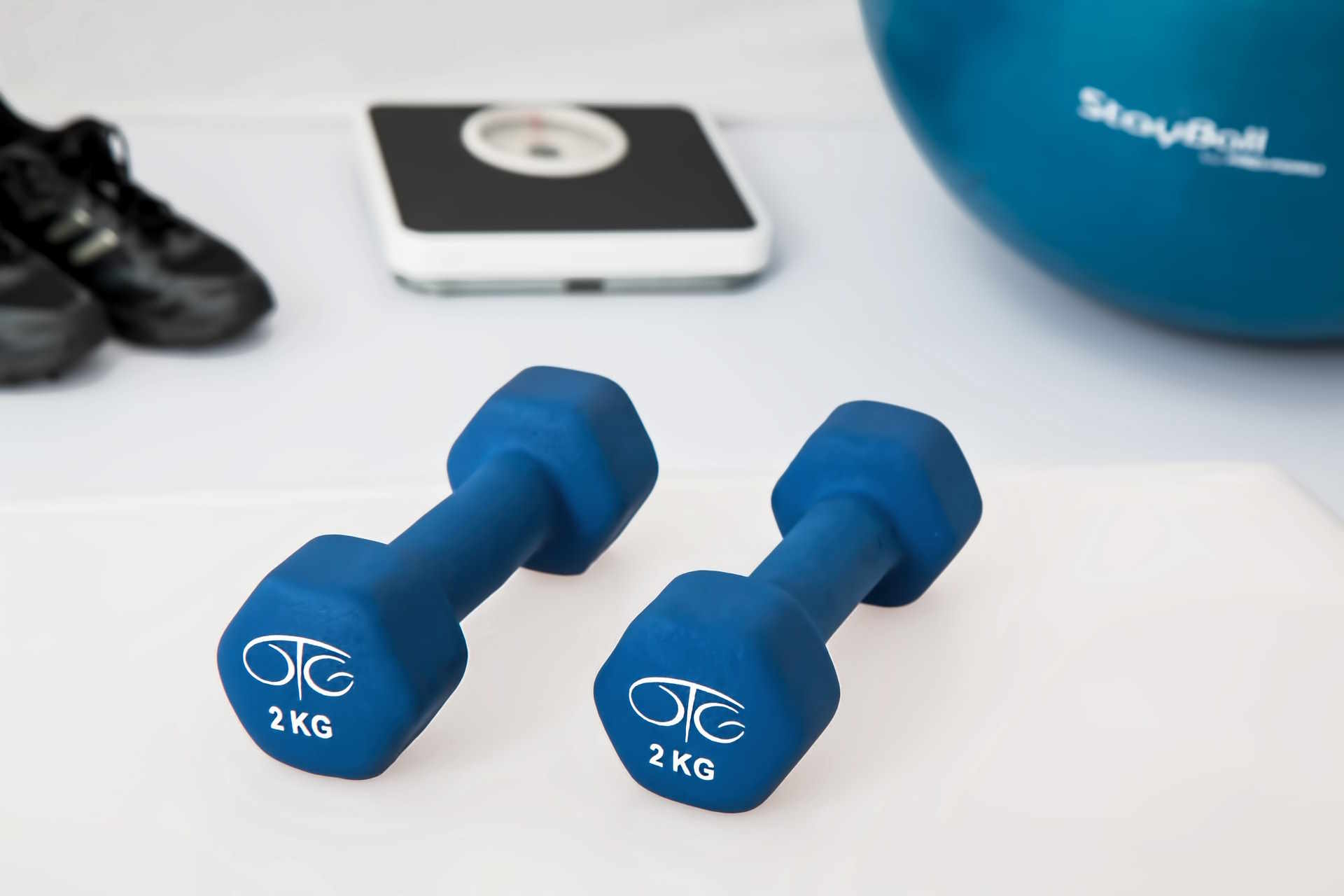Creating Your Perfect Home Gym: Essential Equipment and Tips
A home gym offers the convenience of working out on your schedule without the need for a gym membership. Whether you're a fitness enthusiast or just starting your exercise journey, setting up a home gym can be a game-changer for your health and wellness routine. This article will guide you through the essentials of creating an effective home gym, from choosing the right equipment to maximizing your workout space.

Moreover, a home gym provides privacy, which can be especially appealing for those who feel self-conscious working out in public. You’ll also have complete control over your environment, from the music you play to the cleanliness of the equipment. This personalized space can make your workouts more enjoyable and motivating.
How much space do you need for a home gym?
The amount of space required for a home gym depends on your fitness goals and the equipment you plan to use. However, even a small area can be transformed into an effective workout space with the right planning. A spare room, garage, or even a corner of your living room can serve as your home gym.
For a basic setup, aim for at least 50-60 square feet of open space. This should accommodate essential equipment like dumbbells, resistance bands, and a yoga mat. If you’re planning to include larger items such as a treadmill or weight bench, you’ll need more space—typically around 100-200 square feet.
Remember to consider ceiling height, especially if you plan on doing exercises that require overhead movements or if you’re thinking about installing a pull-up bar.
What essential fitness equipment should you include?
The key to a well-rounded home gym is choosing versatile equipment that allows for a variety of exercises. Here are some essential items to consider:
-
Dumbbells: A set of adjustable dumbbells or a range of fixed-weight options provide endless possibilities for strength training.
-
Resistance bands: These versatile, space-saving tools offer variable resistance for strength and flexibility exercises.
-
Stability ball: Great for core workouts, balance training, and even as a substitute for a weight bench.
-
Yoga mat: Essential for floor exercises, stretching, and yoga practices.
-
Pull-up bar: A doorway pull-up bar is an excellent addition for upper body strength training.
-
Kettlebells: These offer unique benefits for strength and cardio workouts.
-
Foam roller: Ideal for self-massage and recovery after intense workouts.
As you progress, you might consider adding more specialized equipment like a weight bench, barbell set, or cardio machines, depending on your fitness goals and available space.
How can you design an effective workout routine with home gym equipment?
Designing an effective workout routine with home gym equipment involves focusing on exercises that target all major muscle groups. Start by establishing your fitness goals—whether it’s building strength, improving cardiovascular health, or enhancing flexibility.
A well-rounded routine should include:
-
Strength training: Use dumbbells, resistance bands, and bodyweight exercises to work on all major muscle groups.
-
Cardiovascular exercises: Incorporate high-intensity interval training (HIIT) routines, jumping rope, or using cardio machines if available.
-
Flexibility and mobility work: Include stretching sessions and yoga to improve flexibility and prevent injuries.
-
Core strengthening: Focus on exercises that target your abdominal and lower back muscles.
Remember to warm up before each session and cool down afterward. Aim for at least 150 minutes of moderate-intensity aerobic activity or 75 minutes of vigorous-intensity aerobic activity per week, along with strength training exercises at least twice a week.
What are some space-saving solutions for small home gyms?
For those with limited space, there are many creative solutions to maximize your workout area:
-
Multi-functional equipment: Choose items that serve multiple purposes, like adjustable dumbbells or a stability ball that can double as a chair.
-
Wall-mounted options: Consider wall-mounted pull-up bars, folding squat racks, or resistance band anchor points.
-
Vertical storage: Use wall-mounted shelves or pegboards to store smaller equipment like resistance bands and yoga mats.
-
Folding equipment: Invest in foldable items like collapsible exercise bikes or treadmills that can be stored away when not in use.
-
Door attachments: Utilize over-the-door pull-up bars or resistance band anchors for additional exercise options without taking up floor space.
By carefully selecting compact and versatile equipment, you can create an effective home gym even in a small apartment or shared living space.
Creating a home gym is an investment in your health and well-being. By carefully selecting the right equipment, designing an effective workout routine, and maximizing your available space, you can build a personalized fitness center that meets your needs and helps you achieve your health goals. Remember to start with the basics and gradually add equipment as your fitness journey progresses. With consistency and dedication, your home gym can become the cornerstone of a healthier, more active lifestyle.






